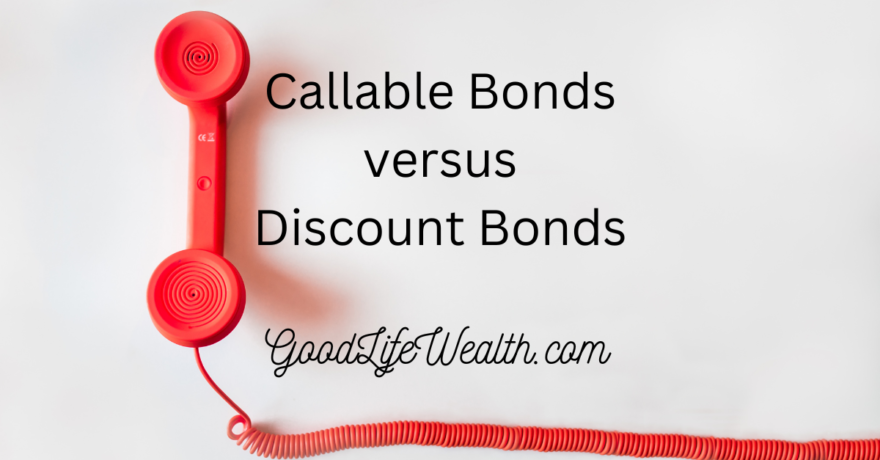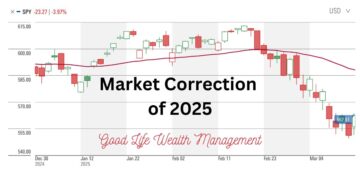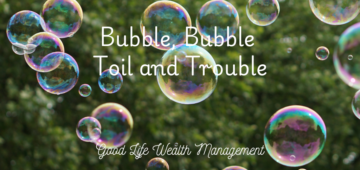Bond yields are up this year and we are seeing newly issued bonds with 5 to 6 percent coupons. Which is better – to buy a new issue or an older one with lower coupon? Here is what we are looking at as we buy individual bonds.
Yield To Maturity
The return of a bond from the date of purchase to its maturity is its Yield to Maturity or YTM. We calculate YTM with three things: the bond’s interest payments, the price of the bond, and the number of years to maturity. While bonds are generally issued and redeemed at a Par value of $1000, they inevitably trade at a premium or a discount to Par.
The bonds of any issuer tend to have the roughly the same YTM, but the price can differ. For example, a newly issued 5-year bond could have a 6% coupon (interest payment) and a price of $1000. This bond has a YTM of 6%. But an older bond with 5-years remaining might have a 3% coupon. Today, that bond would likely trade for $872, and have the same 6% YTM. In the first one, the 6% coupon, all of your YTM is solely from the coupon. In the second bond, the 3% coupon, part of your return is coupon and part is from the price increasing from $872 to $1000 over five years.
I think most investors would prefer the first bond, the 6% coupon, and get the same steady income each year. They’d rather have the current income rather than the capital gains of the second bond. However, the annual return on both, held to maturity, is the same 6%.
Callable Bonds
Unfortunately, there is one problem. Most corporate and municipal bonds are callable. That means the issuer has the right to refinance their debt and buy back your bonds early, before the five years are up. So, if interest rates drop from today’s 6% to 4% two years from now, they can buy back your 6% coupon bonds at 1000. And now you have to replace those 6% bonds at a time when interest rates are only 4%. This is called Reinvestment Risk.
However, the discount bond (the 3% coupon) won’t get called in this scenario. The issuer will not refinance a debt that costs them 3% for the new rate of 4%. You hold it for the full five years and receive your expected YTM of 6%. It’s better to buy the discount bond with a 6% YTM than a 6% coupon bond at par because of the Call Risk of the 6% coupon.
I’m sharing this because clients may hear me talking about bonds at 6% but then see a bond listed as a 3% bond on their statement. No one really knows what interest rates will do over the next five years, but they will probably move around quite a bit, like they have over the last five years. And that Call Risk is a real problem for bonds with a high coupon. If you really want to lock in your return from a bond, you have to understand its call features.
Callable Bonds Don’t Appreciate
One other consideration – callable bonds don’t have the ability to appreciate much. If the issuer can redeem anytime for $1000, that bond is not ever going to trade at a significant premium. However, if interest rates fall, our discount bond (the 3% coupon) can increase in price in a hurry. It can move up from $872 quickly. We can have a bigger return in the short run, and even sell that bond if we want.
In managing our bond ladders, I focus primarily on Yield To Maturity, not the current coupon. We prefer to buy discount bonds, which have lower call risk, when possible. Non-callable bonds are even better, but harder to find in all categories. Today, interest in bonds is high (pun intended), and so we have been writing a lot about how we manage this important piece of your portfolio.







